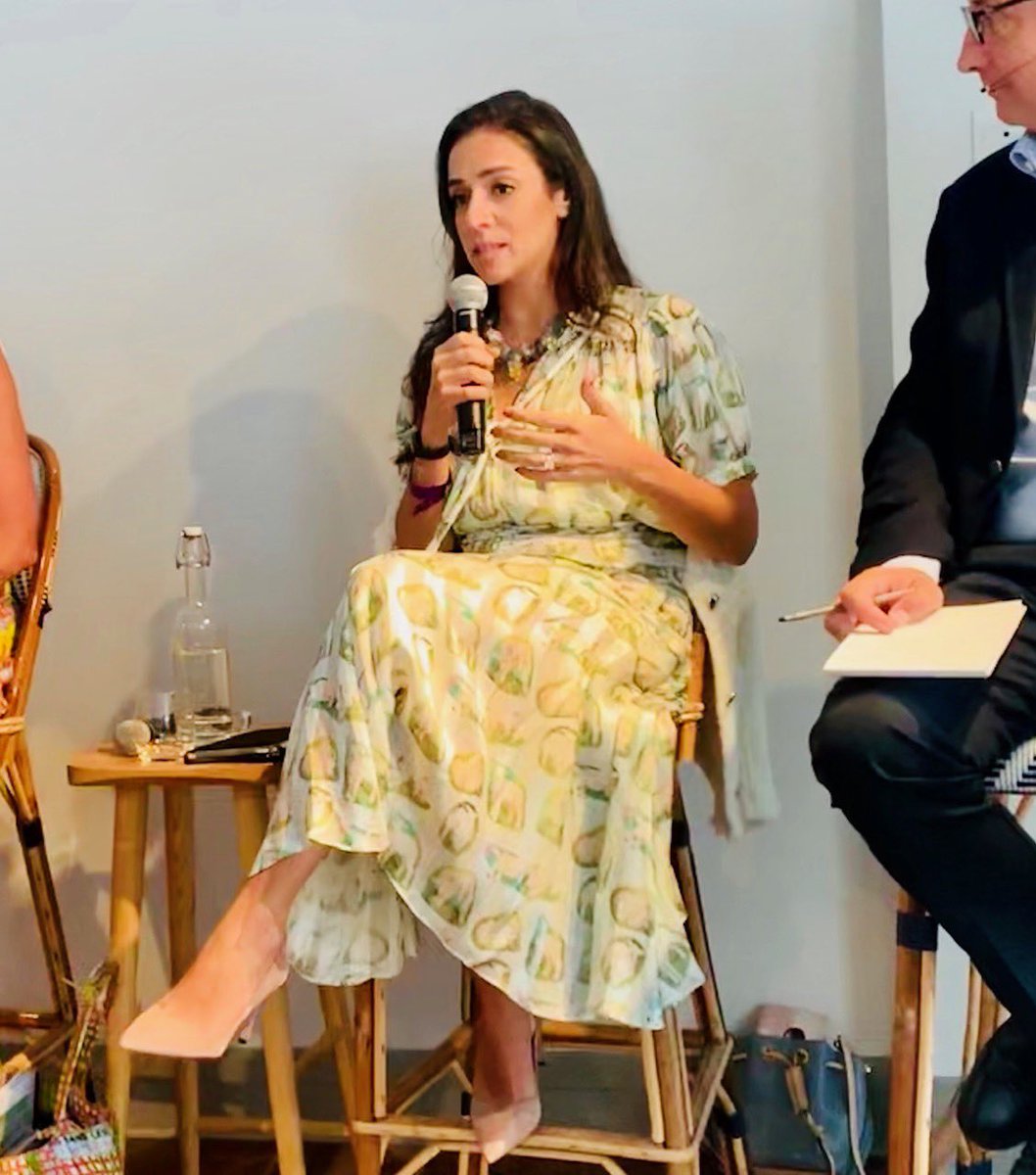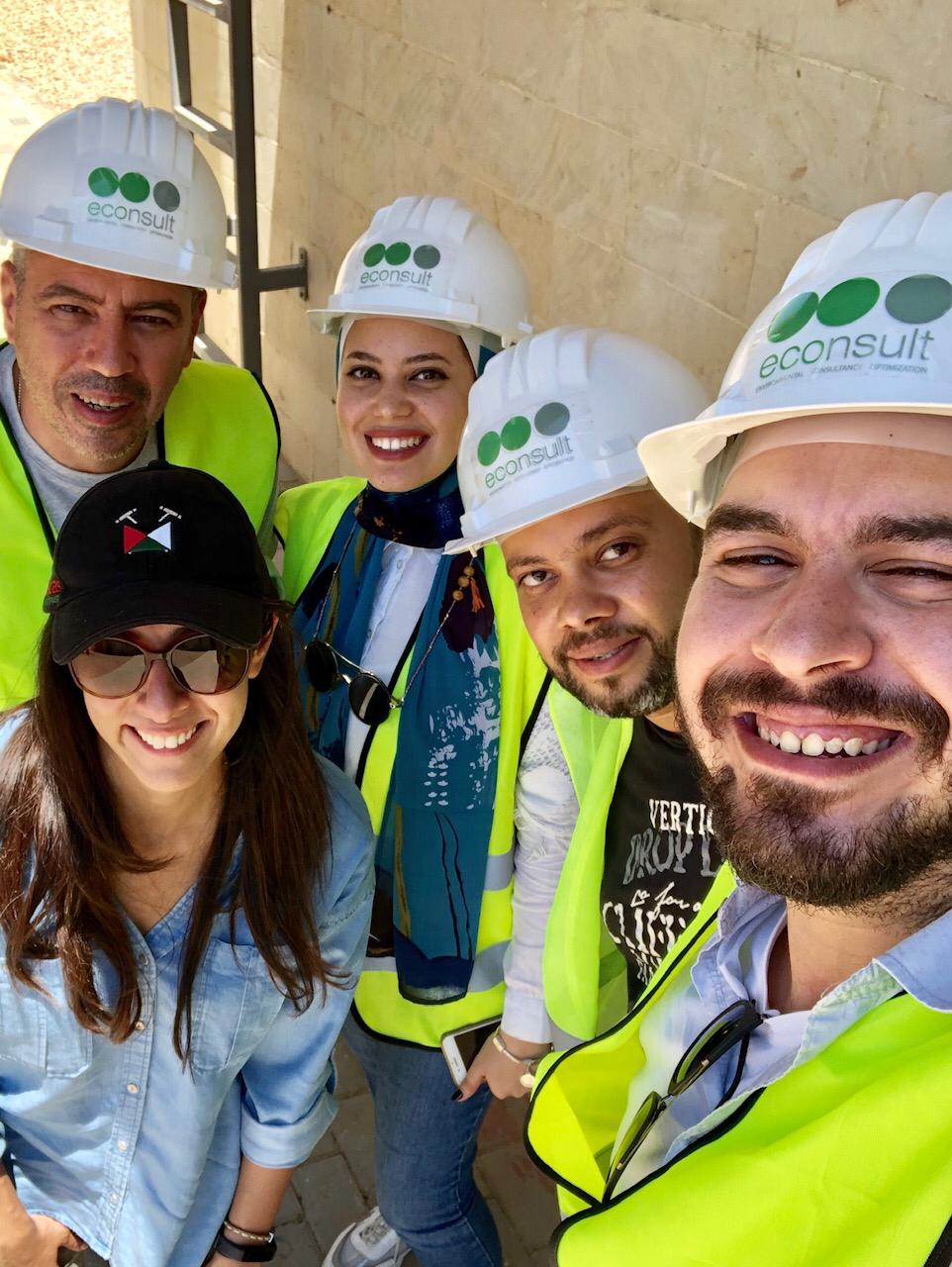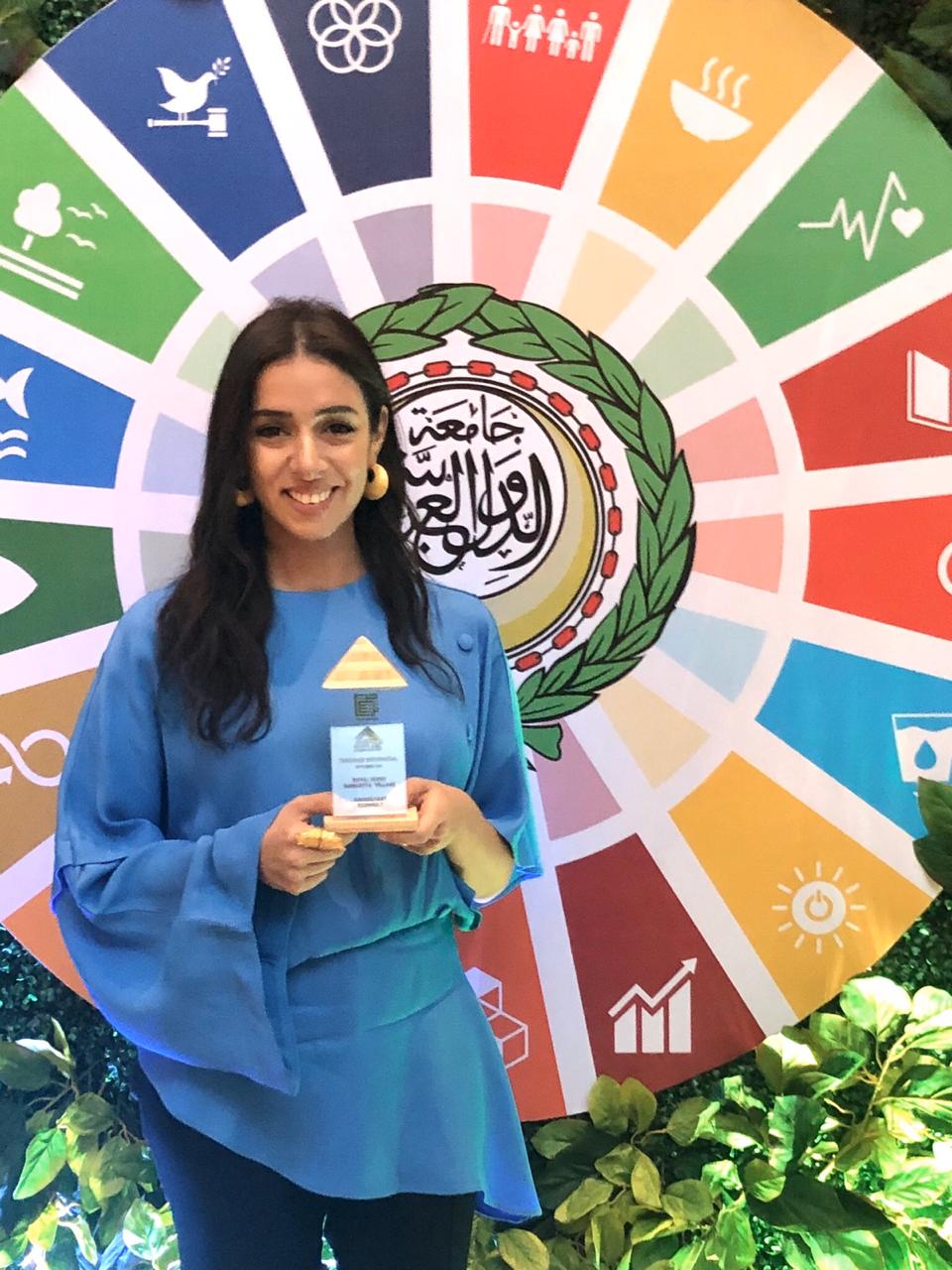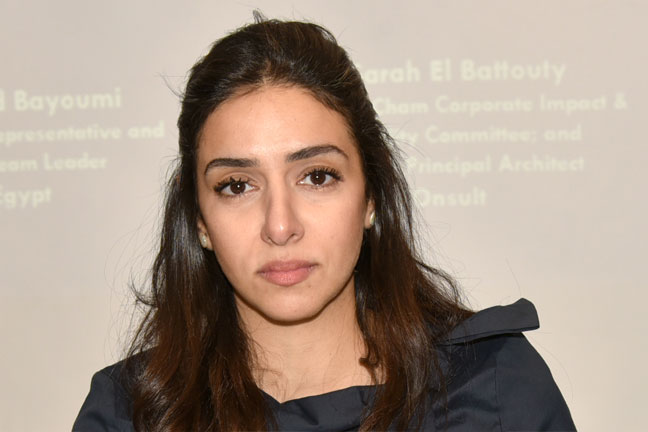
Egypt’s construction industry has been one of the country’s biggest revenue generating and job producing sectors since the turn of the century. Even the political turmoil of 2011 and its subsequent instability, which can still be felt today, could not stem its rise, with the sector contributing EGP 70659.60 million to Egypt’s total 2019 GDP.
But the construction and development industry doesn’t only drive Egypt’s GDP growth, it is also one of its main polluters, contributing 17% of the country’s energy sector’s greenhouse gas emissions in 2012 alone.
According to green architect, entrepreneur, and environmental strategist Sarah El Battouty, the way we develop, construct, and build communities dictates our way of life and ability to be resilient and adaptive in the future. Egypt’s conventional construction industry has exported its design and planning flaws to other sectors, and is now threatening to infect our entire economic thinking.
Battouty, who graduated from the University of Cambridge with a degree in architecture and studied sustainable development and climate change management at SOAS University of London, has dedicated her career to promoting environmentally conscious and ethical building practices. With over 17 years of experience under her belt, and after a career that saw her work on green projects in China, Italy, Saudi Arabia, and the United Kingdom, Battouty is now at the helm of ECOnsult, Egypt’s foremost environmental architecture and consultancy firm.
“For a long time, this idea of people claiming to be green or claiming to have sustainable buildings or sustainable communities was easy and without any depth into verification. We wanted to disrupt this. [Going green] should not be a marketing gimmick … It isn’t adding a couple of solar panels on a building and having LED bulbs,” she says. “It is a way of management and a commitment to checks and balances, it is a way of thinking, it is about the supply chain and contextual, cultural and technological dimensions as much as it is about smart operations and, of course, economics. Going green is an ecosystem.”

Since its foundation in 2013, ECOnsult has become one of Egypt’s most decorated architecture firms, earning a nod from UN Impact and Bloomberg Businessweek’s Good Business Festival and accolades from the most widely-used international green building rating systems, including certifications from Tarsheed Platinum, GreenStar, and RESET, the world’s first sensor-based and performance-driven building standard. To this day, ECOnsult is the country’s only homegrown and female-owned company to design Leadership in Energy and Environmental Design (LEED)-certified projects.
In addition to architectural design, the company also provides audit and retrofit services to optimize water and energy efficiency and waste management for existing structures. ECOnsult’s clients include coffeehouse chain Beano’s, La Poire, Egyptian real estate giants Sodic and Orascom, EG Bank, Banque Misr, and Ezz Steel. “We provide strategies and buildings that are working the way that they are supposed to, they are within budget, using local labour and sustainably-sourced material, and they are saving energy and water,” she says.
Green architecture is more than a newfangled business trend turning heads, it dovetails with the global climate action movement. The issue of climate change is just now bursting into the public’s awareness after decades of climate activism and overwhelming scientific evidence. Here in Egypt, this conversation hasn’t even started yet.
According to Battouty, 40% of Egypt’s energy, including its substantial hydropower, goes to the heavy industries, which comprise construction and its upstream manufacturing supply businesses, such as steel, aluminum, and cement production. “They are the [biggest] employers in the Egyptian [economy], so they have lobby power, and with that power comes opportunity to create more sustainable products to go into green buildings and energy efficiency. The challenge is giving them incentives to enter the market and create demand—it is the same everywhere in the world, but they are very powerful here,” she explains.
With an ever-growing population, an ever-expanding infrastructure budget, and an aggressive plan to eliminate slums and create affordable housing, demand is higher than ever. The answer, according to Battouty, is not more conventional building, it is regulation. “I worked on getting Egypt to sign the Paris Agreement and I understood that I was probably one of the most hated people because the building and housing sector would be required to make changes,” she says.
Due to Egypt’s impending water crisis, its hydropower dependence, and the brewing environmental disasters expected to hit the MENA region in the not too distant future, green architecture isn’t just a trend, it should be a policy objective. “You always need to weigh up the argument for green building implementation against unemployment and the cost of change … especially in the context of laws and legislation,” she says. “But now, you have an argument of people [being] unable to develop because they don’t have water and they don’t have electricity, so the counter argument is becoming more and more [acknowledged].”
Contrary to the common misconception that a green economic model would necessarily raise the cost of basic goods and services, it is Egypt’s antiquated construction industry that is contributing to the country’s real estate bubble and housing crisis. Green building might very well be the antidote, Battouty argues.

“Doing the whole green agenda should not be exclusive to one style of building or one type of space. And we want to make it accessible for everyone … [Green] buildings that are certified in Egypt [are costly because] they tend to [be by] architects or consultants from abroad with very little knowledge of local technology, building materials, and suppliers,” she says. “What we have done is that we have used Egyptian design, Egyptian thinking, Egyptian solutions, local labour, local material.”
Green architecture is also inspired by the growing narrative of climate justice, which stresses the importance of economic equality, a hot button issue here in Egypt. “We got used to not treating [water] as a scarce thing, not treating it as an equity and equality thing. These high-end compounds that consume 10 times more electricity and more water with their swimming pools—it’s not equitable because at the end of the day, when there’s no water, we’re all in the same boat,” she says.
Battouty believes that the economic tide is already turning against those who wish to perpetuate the status quo. “We have [a] very good tipping point in Egypt now, and I think we should take advantage of it. You had the removal of subsidies, which finally gave electricity and energy a value—nowhere in the world is electricity so heavily subsidized—there were no checks and balances and now they are coming [in the form of] people wanting to save money, so they save water and energy,” she explains.
To ensure the success of Egypt’s social and economic reforms and its sustainable development goals, we needn’t look farther than our own doorstep, according to Battouty. “We have [skilled] labour, we have [the raw material] that we can use, Egypt is very rich in building products—you name it, sandstone, limestone, all the way down to glass. We have an abundance of solar energy and you have a vision that requires Egypt to rely on renewables for 40% of its energy needs in the next 12 years,” she says.
Battouty’s work builds on the philosophies and teachings of legendary Egyptian architects Fahmy Mo’men, the visionary who designed the Holy Medina Mosque’s first extension, and Hassan Fathy, author of Architecture for the Poor, arguably one of the most influential publications in the field.
“These masters of architecture succeeded because they understood people … we as architects try to provide comfort, we try to provide [connection], and now we are trying to change the way people think about smart housing. It is not exclusive to rich people who can afford automated and high end buildings, smart buildings are buildings that promote wellbeing … architecture is about people who inhabit buildings, but so is the Earth, so is the climate,” she explains. “My grandfather [Mo’men] was obsessed with having nature embedded in all of his designs because he [believed that] that we have an inherent connection with nature, so as he was building so many mosques—the New York Islamic Centre and the London Islamic Centre—he was always thinking about people and the one thing that unites people, other than prayer and faith, is nature.”







Comment (1)
[…] Beverage | November 6, 2019 | No Comments […]